Abies delavayi and georgei id help needed
ConiferJosh (6a IN)
7 years ago
last modified: 7 years ago
Featured Answer
Sort by:Oldest
Comments (13)
Related Professionals
Accokeek Landscape Architects & Landscape Designers · Clemson Landscape Architects & Landscape Designers · Kyle Landscape Architects & Landscape Designers · Vernon Hills Landscape Architects & Landscape Designers · Canton Landscape Contractors · Golden Gate Landscape Contractors · Hilton Head Island Landscape Contractors · North Highlands Landscape Contractors · Oviedo Landscape Contractors · Porterville Landscape Contractors · Sugar Hill Landscape Contractors · Tuscaloosa Landscape Contractors · Welby Landscape Contractors · West Haverstraw Landscape Contractors · Maplewood Landscape Contractorsclement_2006
7 years agoEmbothrium
7 years agoConiferJosh (6a IN)
7 years agoclement_2006
7 years agodavidrt28 (zone 7)
7 years agolast modified: 7 years agoConiferJosh (6a IN) thanked davidrt28 (zone 7)ConiferJosh (6a IN)
7 years agolast modified: 7 years agoEmbothrium
7 years agolast modified: 7 years agodavidrt28 (zone 7)
7 years agolast modified: 7 years agoMike McGarvey
7 years ago
Related Stories
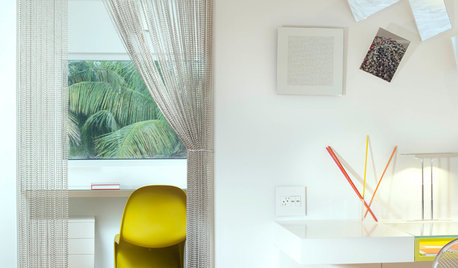
HOUZZ TOURSHouzz Tour: Deceptively Detailed Minimalism in Miami
A family's white, uncluttered interior serves as a clean backdrop for colorful details and 'suspended' style
Full Story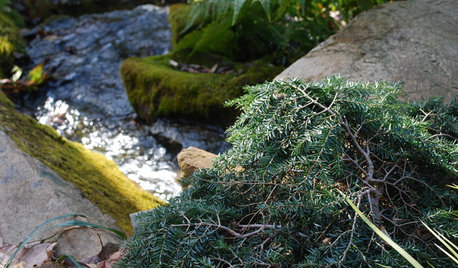
GARDENING GUIDESGreat Design Plant: Tsuga Canadensis ‘Bennett’
Bennett Canadian hemlock thrives in shade and provides sculptural interest in eastern U.S. gardens
Full Story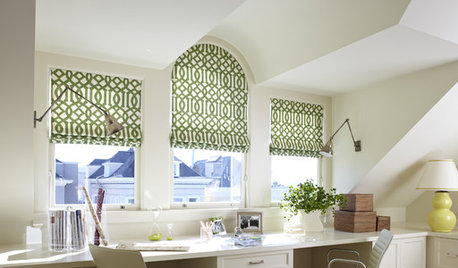
ORGANIZING8 Steps to a Winning Filing System
When you streamline your paperwork and digital files for easy use and maintenance, it's an organizational triumph
Full Story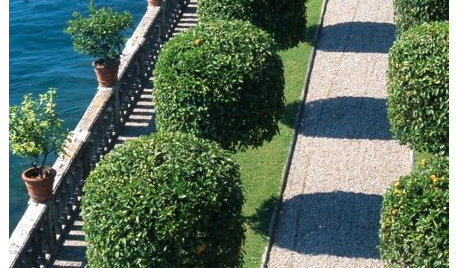
LANDSCAPE DESIGN5 Structural Plants to Frame Your Garden Beautifully
Consider these trees and shrubs live building blocks, providing structure and definition in even a small garden
Full Story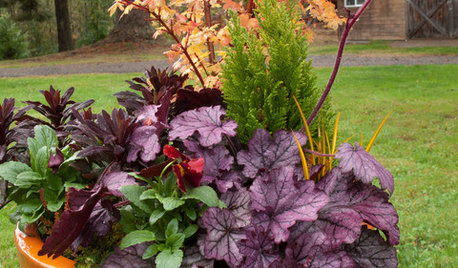
FALL AND THANKSGIVING5 Container Gardens for Fall, the Holidays and Beyond
Make planting easy with a single container, year-round plants and a sprinkling of simple seasonal accents
Full Story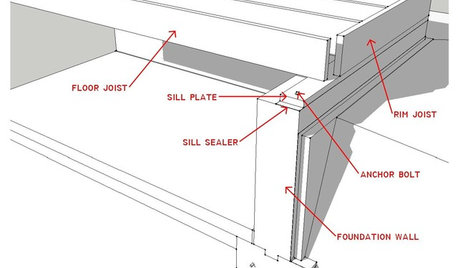
KNOW YOUR HOUSEKnow Your House: What Makes Up a Floor Structure
Avoid cracks, squeaks and defects in your home's flooring by understanding the components — diagrams included
Full Story
LANDSCAPE DESIGNBoxwood Alternatives Bring the Chelsea Flower Show to You
Don’t let box blight limit your plans to borrow garden design ideas from the renowned British event
Full Story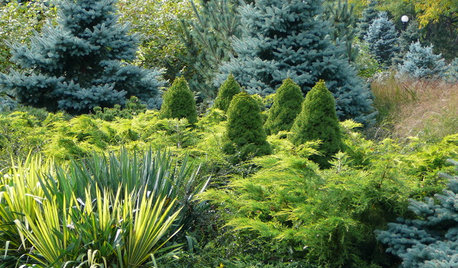
PLANTING IDEASDesigning With Conifers: Layers of Texture for Your Garden
Sharp and prickly or fine like ferns, richly textured conifers bring unexpected interest to the landscape
Full Story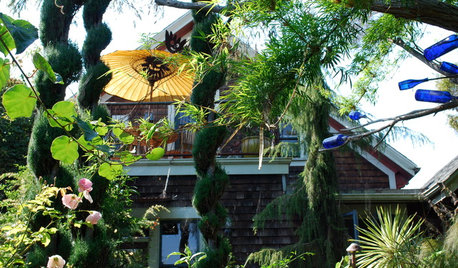
PLANTING IDEASDesigning With Conifers: How to Unite Your Landscape
Create a landscape full of intrigue and artistry with the right placement of conifers and their supporting players
Full Story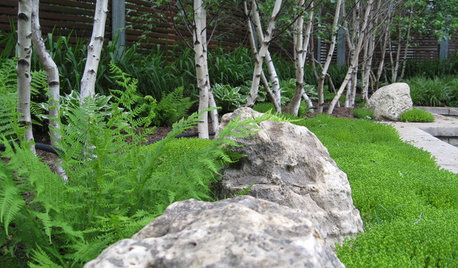
LANDSCAPE DESIGNFor Garden Drama, Consider the Lowly Boulder
A boulder can be a thing of beauty in the landscape. Here are 10 ways to display them to full effect
Full StoryMore Discussions








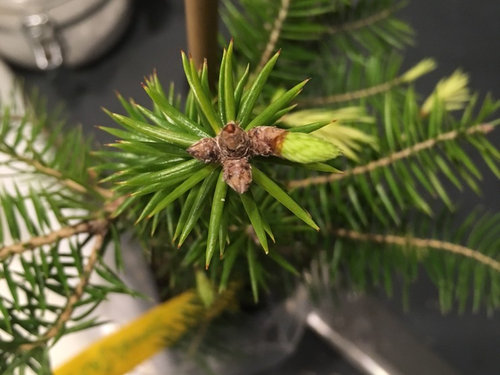

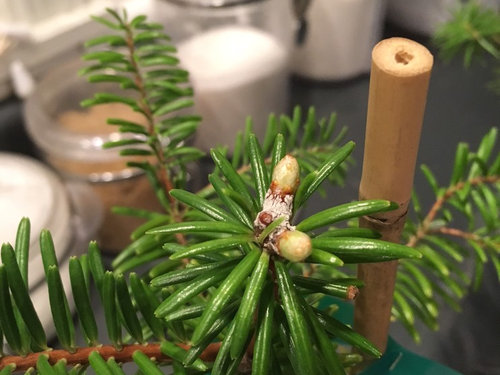

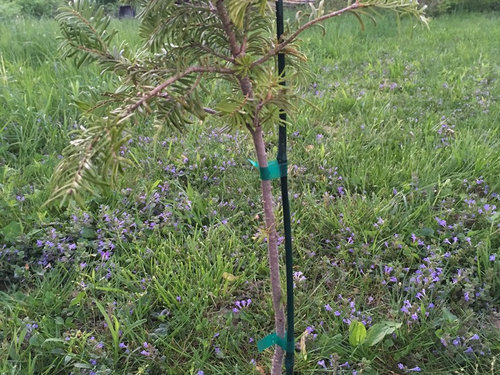

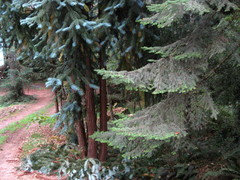



conifer50